Amid covid-19, everyone of us has started giving special attention to personal health and hygiene. Yoga is one of those immuno-boosting practice, majority of us have introduced and inculcated in our lives. However, faulty practices may bring immense discomfort and other probable health issues. So are you practicing yoga asanas accurately? Are you finding any discomfort after practicing yogasanas?

Are you finding any discomfort after practicing yogasanas?
If yes, then this article is for you.
- The requirements
- Purification and food
- Time
- Sun
- Place
- Closing the eyes
- Mirror
- The Brain
- Breathing
- Savasana
- Asanas and Pranayam
- Precautions to be taken by the people suffering from dizziness or blood pressure
- Warnings for people suffering pus in the ears or retinal (eye) displacement
- Provisions for women
- Effects of asanas
The requirements
Without solidified base a structure cannot stand. Similarly without practicing the principles of yama and niyama, which lay down this solid and firm base for building character, there cannot be an united personality. Moreover practice of asanas without the support of yama and niyama is mere acrobatics and not yoga.

ARE PIONEERS OF YOGA
Purification and food
Before starting to execute the aasanas, your bladder should be voided completely and the bowels emptied. bowel movements are accelerated by Topsy-turvy poses. If the practitioner is constipated or it is not possible to empty the bowels before the practice of asanas, start with Sirsasana and Sarvangasana and their variations. Attempt other asanas only after voiding. Do not practice advanced asanas without your bowel been voided first.
Bathing
Asanas becomes easier after having a bath. After practicing asanas, the body becomes sticky due to perspiration and it is preferable to bathe some 15 minutes later. Taking a shower both before and after practising asanas refreshes your body and calms your mind.
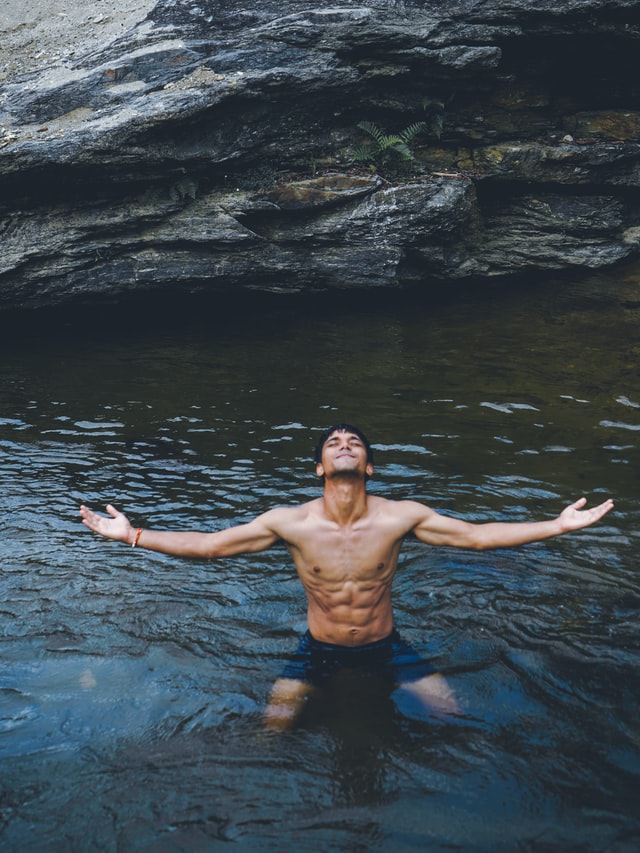
PRACTICE IS BENEFICIAL
Food
Asanas should desirably be done on an empty stomach. If this becomes difficult, cup of tea or coffee or a cocoa or milk , may be taken before practicing them. However, they may be carried out without discomfort one hour after a very light meal. Allow at least four hours of gap after a heavy meal before starting the practice. Food may be consumed half an hour after completing the asanas.

Time
The best time to perform asanas is either early in the morning or late in the evening. In the morning asanas becomes difficult to perform as the body is stiff. The mind, however, is still fresh but its alertness and resolution decreases as time flies. The stiffness of the body is taken over by regular practice and the practitioner is able to do the asanas well.
In the evening, the body moves more comfortably than in the mornings, and the asanas becomes better and come with greater ease.
Practicing them in the morning makes one work better in one’s vocation. In the evening it relieves the fatigue of the day’s strain and brings freshness and calmness to the person.
Difficult asanas should, thus, be practiced in the morning when one has more determination to perform them and restorative asanas (like Sirsasana, Sarvangasana and their variations and Paschimottanasana) should be practiced in the evening.
Sun
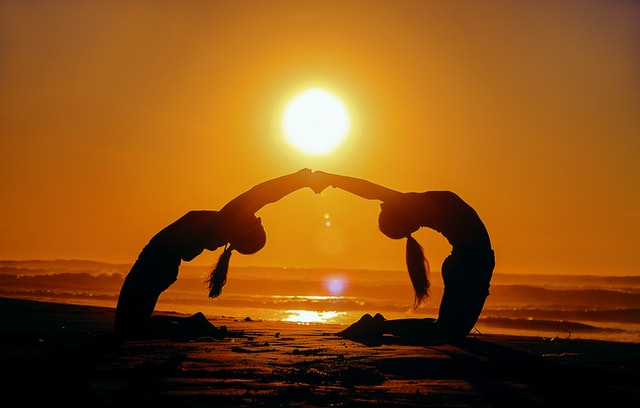
BENEFICIAL FOR VIT 3 DEFICIENCY
Do not perform asanas after prolonged exposure to hot sun for several hours. However practicing asanas at sunrise will be more beneficial for the people with bone and vitamin D deficiencies.
Place
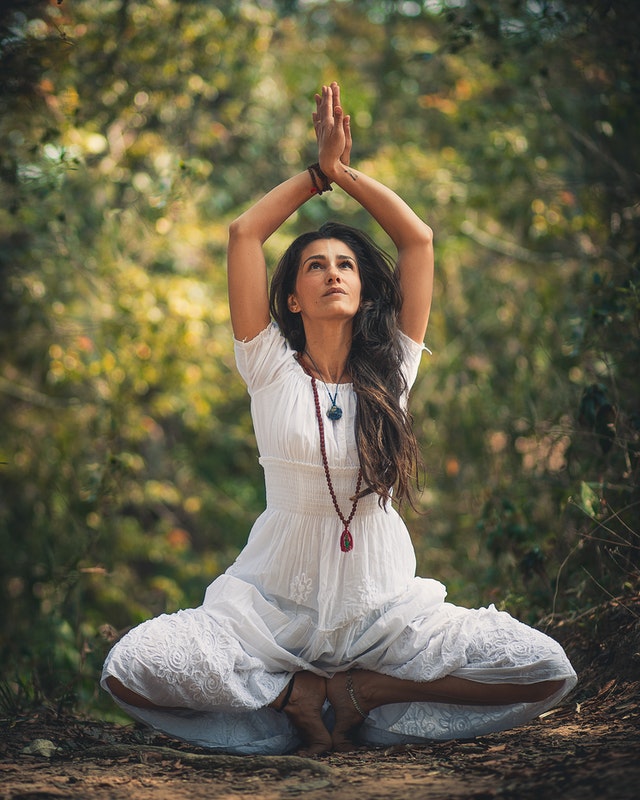
WELL VENTILATED AND DEPLOID OF NOISE
They should be performed in a clean and airy place, free from insects and noisy disturbance.
Do not practice them on an uneven place or on the bare floor, but on a folded blanket or a yoga mat laid on a level floor.
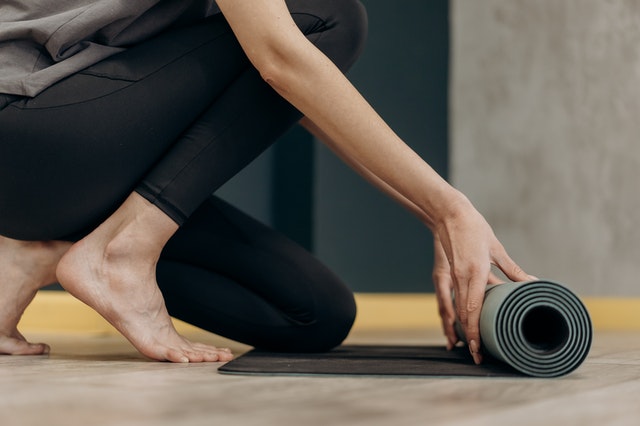
BE USED FOR PRACTISE
Caution!
Do not unnecessarily strain your facial muscles, ears and eyes while performing. No fatigue should be felt while breathing during the practice.
Closing the eyes

EYES ONLY AFTER MASTERING IT
In the beginning, let your eyes remain open. So that you are cautious about what you are doing and where you have gone wrong. If you shut down your eyes you will not be able to watch the required movements of the body or even the direction of the pose.
You can keep your eyes closed only after you become perfect in a particular asana as only then will you be able to adjust your body movements and experience the correct stretches.
Mirror
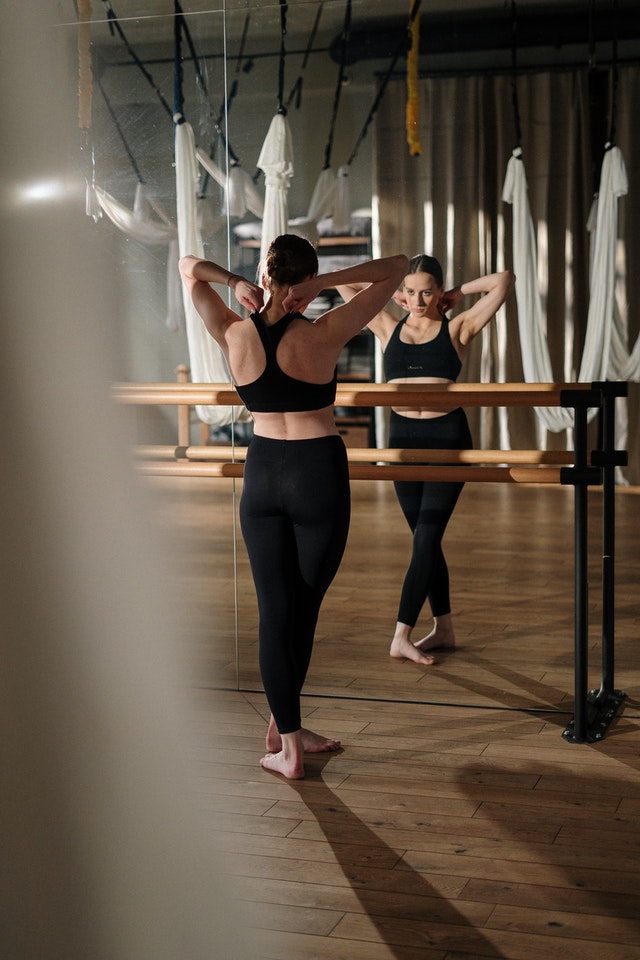
PERFORMED INFRONT OF MIRROR
If you are practicing the asanas in front of a mirror, try to keep it perpendicular to the floor and let it extend down to ground level, for otherwise the poses will appear slanting because of the angle of the mirror.
You will be unable to appreciate the movements or place the head and shoulders in the topsy-turvy postures unless the mirror reaches the ground.
The Brain
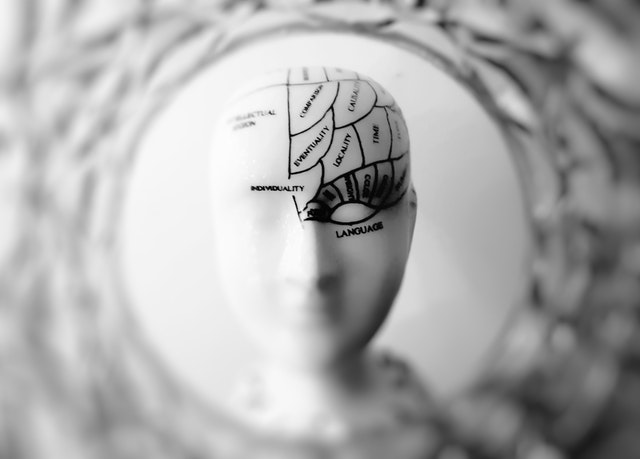
ACKNOWLEDGE YOUR MISTAKES
While performing the asanas, it is the body alone that should be active while the brain should be passive, alert and watchful. If they are performed with an active and overthinking brain, then you will not be able to appreciate your own mistakes.
Breathing
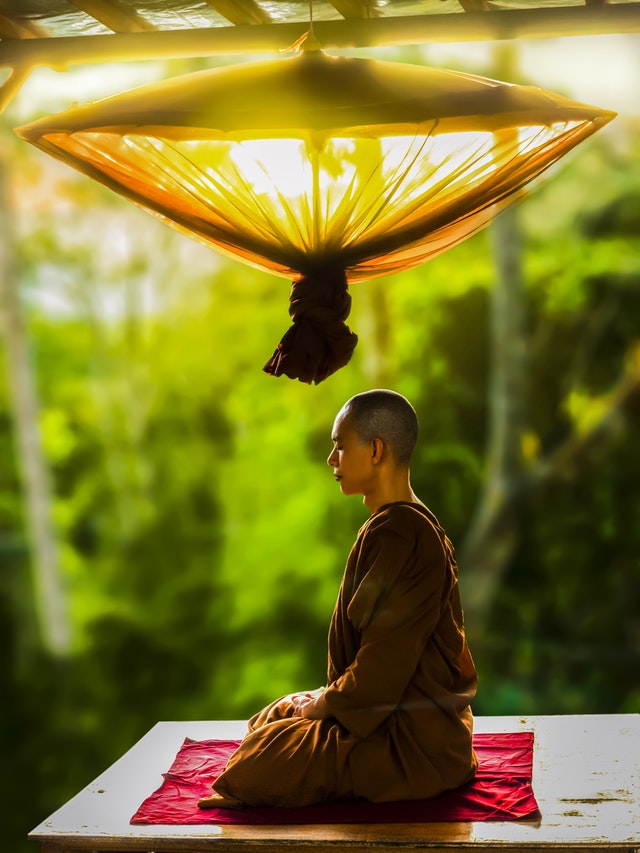
ANY POINT WHILE PERFORMING THE ASANAS
In all the asanas, the breathing should not be performed through the mouth. it should only be carried out using nostrils.
Do not stop the breath while undergoing (in the process of) the asana or while staying in it.
Savasana
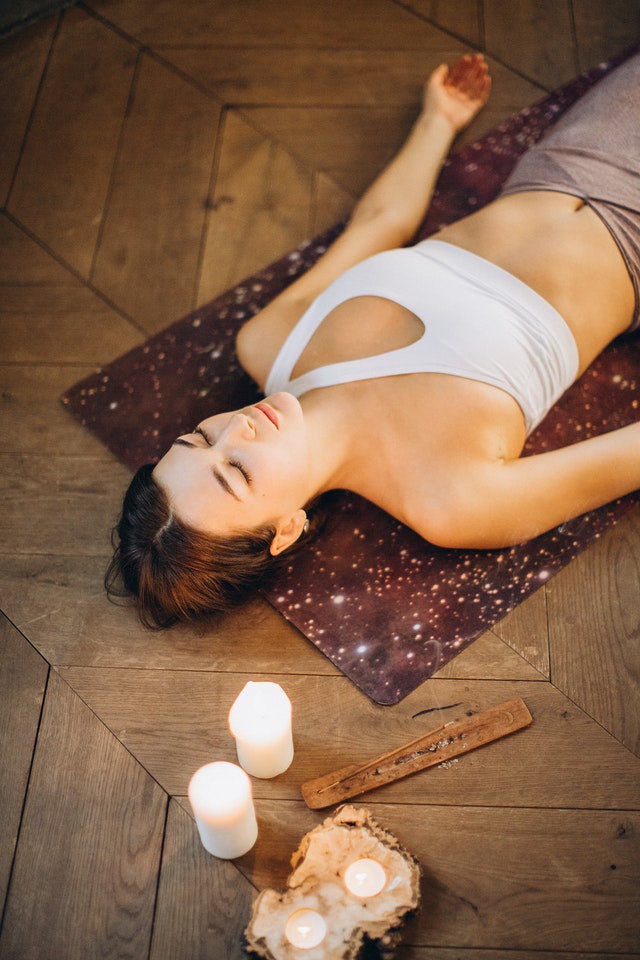
After finishing the practice of asanas, always lie down in Savasana for at least I5 to 20 minutes. This will help remove fatigue.
Asanas and Pranayam
Read the cautions to practice pranayama carefully before starting to attempt it. Pranayama may be practiced either in the early morning just before the asanas or in the evening after practicing them.
However, if practiced in the early morning, pranayama may be done for initial I5 to 30 minutes, followed by few minutes of Savasana. After allowing some time to pass, where one may be occupied with activities of daily living, one can practice other required asanas.
If, the asanas are to be practiced in the evening, allow at least half an hour to elapse before going ahead with pranayama.
Precautions to be taken by the people suffering from dizziness or blood pressure
Do not start your practice with Sirsasana and Sarvangasana. If you are suffering from dizziness or high blood pressure, practise Paschimottanasana, Uttanasana and Adhomukha Svanasana before performing topsy-turvy postures like Sirsasana and Sarvangasana. After practicing these poses repeat Paschimottanasana, Adhomukha Svanasana and Uttanasana in the similar sequence.
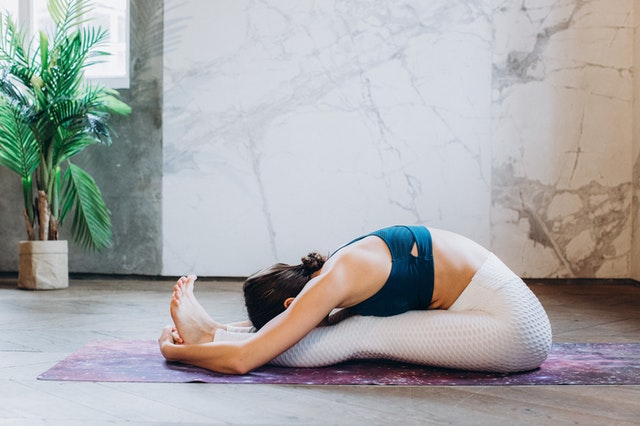
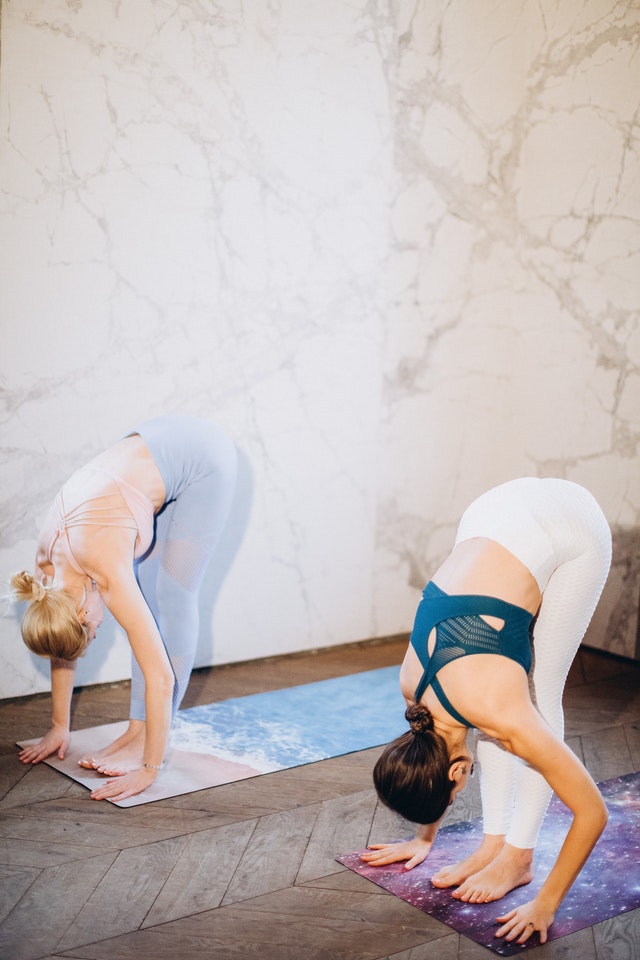
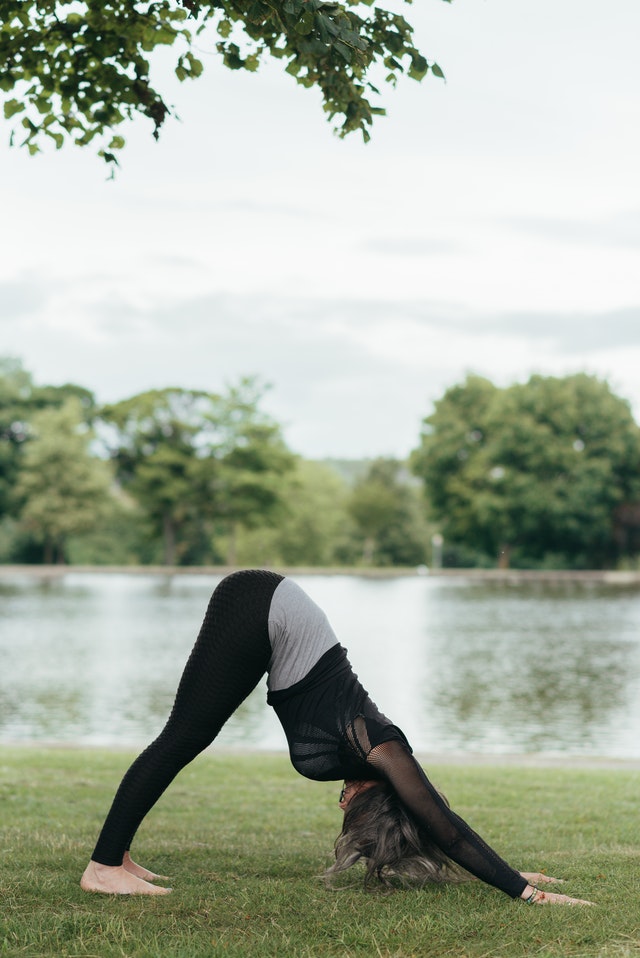
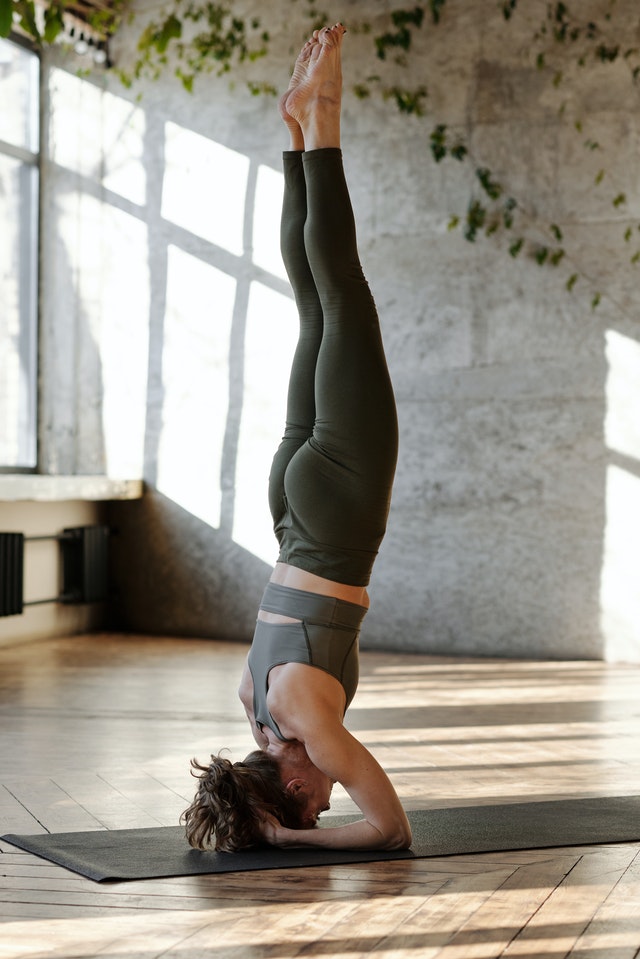
All forward bending asanas are advantageous for people suffering either from high or low blood pressure.
Warnings for people suffering pus in the ears or retinal (eye) displacement
Those affected by these disorders should avoid attempting topsy-turvy poses.
Provisions for women
Menstruation :
Avoid asanas during menstruation but if you are experiencing excessive flow than normal, Upavistha Konasana, Baddha Konasana, Uttanasana, Virasana, Paschimottanasana and Janu Sirsasana, may be carried out with beneficial effects.
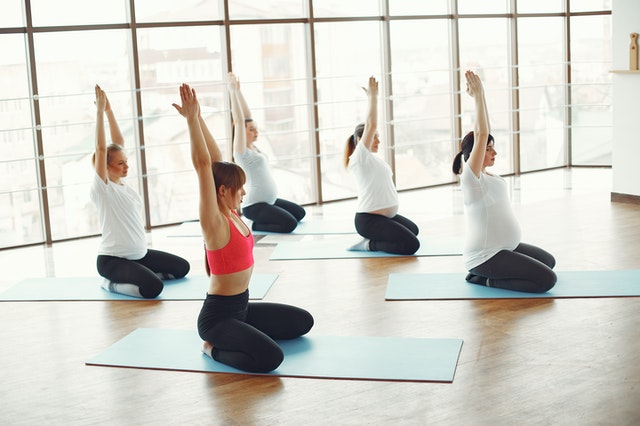

Do not practice topsy-turvy postures during the menstrual period.
Pregnancy :

All the asanas can be performed during the first three months of pregnancy. All the standing and the forward bending postures may be practiced with mild movements, as during pregnancy the spine should be made strong and flexible. No pressure should be experienced on the abdomen.
In addition, Baddha Konasana and Upavistha Konasana may be carried out throughout pregnancy at any time of the day, even after your meals (do not bend forward immediately after meals) as these two asanas help strengthening the pelvic and the back muscles. Therefore they may also reduce labour pains.


Pranayama without kumbhaka (retention) may be performed throughout the pregnancy, as practicing deep breathing on regular basis will help considerably during labour.
After delivery
No asanas should be performed during the first month post delivery. However, some asanas may be practiced mildly. Gradually increase the course. Moreover all the asanas may be practiced comfortably, three months after delivery.
Effects of asanas

Faulty postures can cause discomfort within a few days of your practice. Thus if you are feeling discomfort and could not find the fault by yourself, it is better to approach a professional or coach and get the guidance.
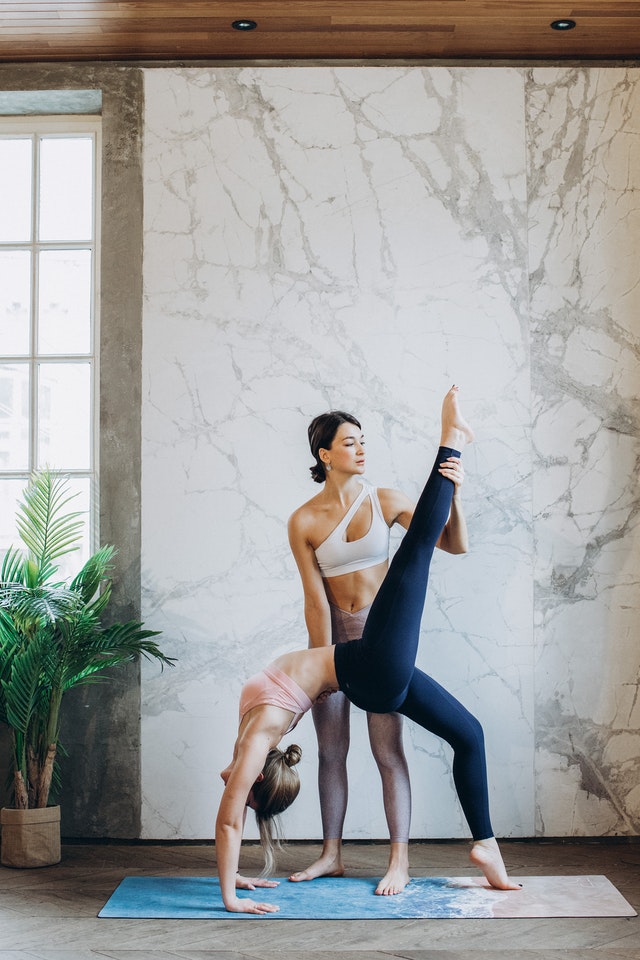
BENEFICIAL IF YOU YOURSELF COULDN’T FIND MISTAKES
In other words, the correct method of performing asanas brings lightness and thrill in the body and the mind.
Regular practice will change the outlook of the practitioner. For instance, a seeker will regulate himself in food, cleanliness, sex and character upon being consistent .
When one gains mastery in an asanas, it will come with ease and comfort. Above all the movements will become graceful.
While performing asanas, the student’s body assumes various life forms – found in the creation-from tiny insect to the most sane sage-this teaches the learner that in all the creatures there breathes the same Universal Spirit-the Spirit of God.
NOTE: The cautions and tips in this article have being quoted from a book written by B.K.S.Iyengar, who is remembered as a great yoga teacher and practitioner.
Also read our related article on how to increase oxygen level in the body?





